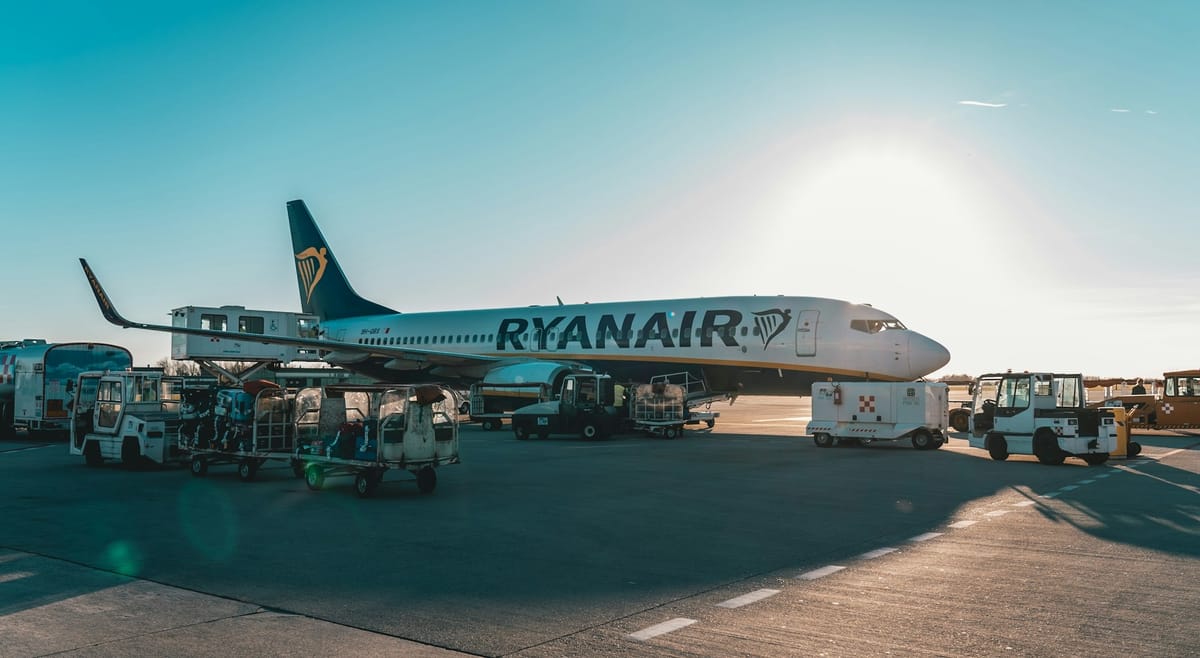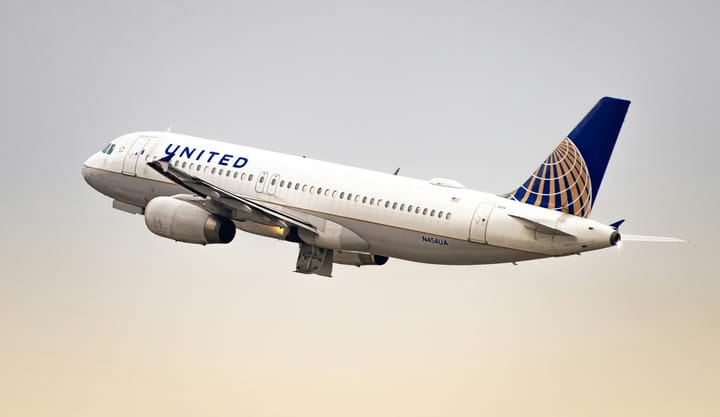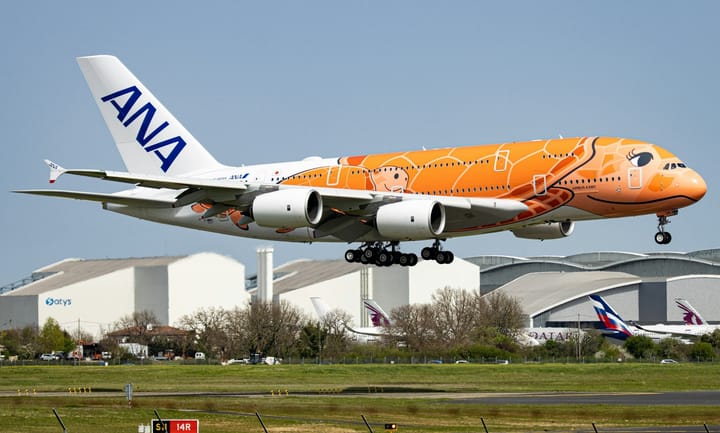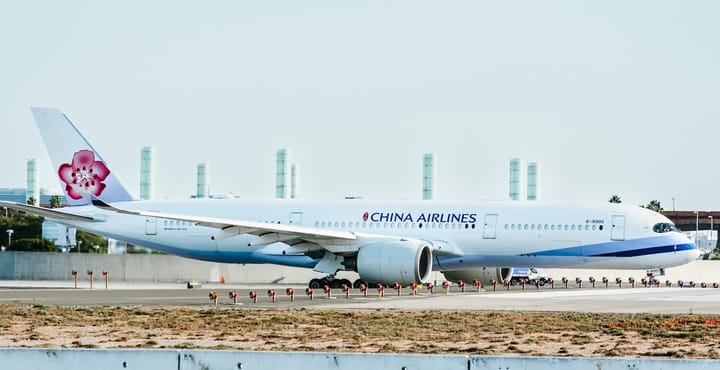With one of the highest flight volumes and load factors in Europe, Ryanair's point-to-point model and operational discipline continue to reshape short-haul travel dynamics across the continent.
1. Total Passengers Transported
Ryanair surpassed the 100 million annual passenger threshold in FY2016 and has since grown that figure by over 70% by FY2024, reaching approximately 197.1 million. This growth reflects sustained demand stimulation through its ultra-low-cost model and extensive intra-European network. Annual traffic increases have been partially fueled by capturing market share abandoned by legacy carriers retrenching from non-core regional routes.
This passenger volume growth is enabled by an average sector length of roughly 1,300 km, allowing for high daily aircraft utilization rates—often above 11 block hours per day. Ryanair’s fleet strategy supports this, operating a single-type fleet of Boeing 737-800 and 737-8200 aircraft, allowing for standardization in maintenance, training, and dispatch reliability. High aircraft reliability ensures minimal schedule disruption, supporting load aggregation across the network.
Ryanair also optimizes passenger throughput by dynamically adjusting frequencies during seasonal demand spikes. During peak months, network elasticity allows realignment of daily aircraft rotations, particularly into Southern European leisure destinations. This targeted deployment, combined with a robust route churn model, maximizes carried passengers per available seat kilometer (ASK), while maintaining unit cost discipline.
2. Total Number of Flights
Ryanair has consistently operated over one million flights annually since FY2022, with monthly cycles ranging between 85,000 to 110,000 sectors during peak travel months. This operational output is possible due to a tight block-to-block schedule strategy and the absence of hub-spoke complexities. The airline typically schedules 25–30-minute ground turnarounds, particularly at secondary airports, which are key to sustaining high aircraft rotations.
Each Boeing 737 in Ryanair’s fleet typically completes 5 to 6 sectors per day, depending on the season and route length. The average daily utilization has hovered around 10.9 to 11.3 flight hours, placing Ryanair among the most efficient operators in terms of airframe productivity. Operational robustness is further ensured through a standby aircraft pool across its bases, minimizing cancellation risk due to AOG (Aircraft on Ground) events.
Milestone developments such as the integration of the 737-8200 “Gamechanger,” with 197 seats and a 4% longer range, have not reduced overall flight counts but instead increased ASKs per flight. This shift enables the airline to serve longer thin routes without compromising its high-frequency strategy in core markets like Spain, Italy, and Poland.
3. Passenger Load Factor (%) Analysis
Ryanair consistently maintains load factors in the 93% to 96% range, well above the EU carrier average. This is achieved through sophisticated demand forecasting and fare class yield management. The airline dynamically adjusts its price elasticity curve via its proprietary booking engine, enabling fare modulation at high temporal resolution to fill marginal seats, particularly in off-peak and shoulder seasons.
Its strategy involves minimizing empty legs and reducing spill traffic by optimizing booking curves to target specific O&D (origin and destination) pairs with known fare sensitivity. Additionally, Ryanair does not rely on interline agreements or codeshares, which reduces seat spoilage due to misconnections.
4. CO₂ Emissions Analysis
Ryanair reported an average of 66 grams of CO₂ per passenger-kilometer in 2023, significantly below the European short-haul average. This metric is largely due to the airline’s high-density configuration (189–197 seats) and a sustained load factor above 90%, which lowers emissions intensity per transported passenger. The fleet age—averaging ~8.1 years—is younger than many network peers, further contributing to reduced fuel burn.
The introduction of the Boeing 737-8200 has been key, delivering a 16% reduction in fuel consumption and a 40% noise footprint reduction per seat versus the 737-800 NG. Ryanair’s commitment to net-zero by 2050 includes a target to operate 12.5% of its flights using SAF by 2030. However, current SAF penetration remains under 1%, with the short-term emission savings relying on weight reduction initiatives, single-engine taxi, and optimized descent and climb profiles (RNP AR procedures at selected airports).
5. On Time Performance & One Engine Taxi
Ryanair has maintained an average on-time performance (OTP) of 80%–92% over the last five years, as measured by arrivals within 15 minutes of schedule. This is supported by strategic base selection—favoring airports with limited runway occupancy and lower ATC congestion. Its OTP is further enhanced by conservative block time scheduling buffers (~5–10% above gate-to-gate time) and the absence of complex connecting itineraries that typically degrade schedule integrity.
The carrier has also implemented single-engine taxi procedures as part of its fuel-saving program. When operationally feasible—determined by airport taxiway configuration, weather, and ground congestion—crews taxi with only one engine operating, typically during taxi-in. Estimates suggest a reduction of approximately 75–85 kg of fuel per flight using this method. Over Ryanair’s annual flight count, this translates into fuel savings exceeding 60 million kg per year.




Comments ()